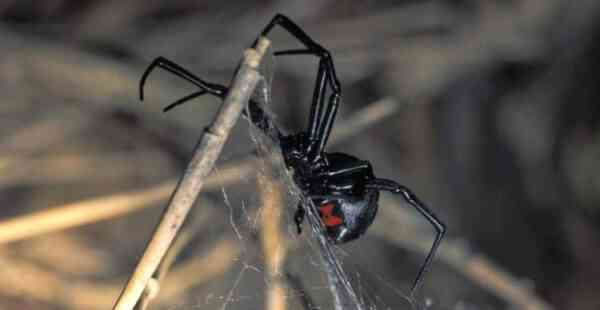There are many phobias in the world, but arachnophobia is the most common — fear of spiders. Millions of people are subconsciously afraid of these insects, even if they are completely harmless. However, not all of them can be called harmless — the venom of some spiders can easily kill even an adult.
Interesting facts about spiders
- Cambodians and Venezuelan Indians consider tarantulas a delicacy – burning hairs are removed from their furry bodies before cooking. This type of spider is also often chosen by lovers of exotic pets.
- The venom of most spiders is harmless to humans and animals, but deadly to insects, which is why it is considered an environmentally friendly alternative to chemical pesticides. For example, the poison of one of the Australian spiders is capable of destroying almost all types of insect pests known to science (interesting facts about insects).
- The only spider that prefers plant foods to animals is the jumping spider. Its diet consists of green parts of acacia trees.
- Most spiders look at the world with 6 or 8 eyes, but there are several species of these insects with two eyes.
- The lung sacs of spiders, through which they breathe, are like the pages of a book.
- Spiders kill their victims with poison, and then inject digestive juices into their bodies in order to drink the resulting solution after a few hours.
- The spider brain occupies 20-30% of their cephalothorax.
- Spiders do not have ears – they hear with the help of special hairs growing on their legs.
- The spider is not able to taste in the mouth – the hairs covering their legs also supply it with information about the edibility of prey. These same hairs allow spiders to recognize odors.
- The vision of some spiders, such as horses, is comparable to that of humans. Scientists have found that they are even able to distinguish colors (interesting facts about vision).
- Spider silk, from which insects weave their webs, is an extremely strong material – it breaks only when stretched by 200-400%.
- Spiders often reuse their silk by eating damaged parts of the web.
- The shell that protects the body of spiders from damage is not able to grow with them, so insects shed them and grow new ones 5-10 times in a lifetime.
- Male spiders use different ways to attract females – they dance, present gifts, or lightly twitch the web of the chosen one with their paws.
- After mating, female spiders often eat their partners.
- The bodies of spiders can be very different in size – from a few tens of millimeters to 10 centimeters, which is comparable to the size of large tarantulas (interesting facts about tarantulas).
- The smallest spiders on the planet have a body length of only 0.37 mm, and the largest, tarantula spiders, are more than 9 cm. At the same time, the leg span of tarantulas can reach 25 cm.
- At the moment, scientists know about 46,806 species of spiders inhabiting the Earth.
- Researchers have found a spider web in a piece of amber that was woven into the resin about 100 million years ago.
- Only some spiders pose a mortal danger to humans.
- Scientists are exploring the possibility of using spider venom to treat Alzheimer’s disease, heart disease, stroke and potency problems in men.
- Arachnophobia, the fear of spiders, is one of the most common human phobias. Many people who suffer from this phobia are more afraid of images of spiders than of the insects themselves.
